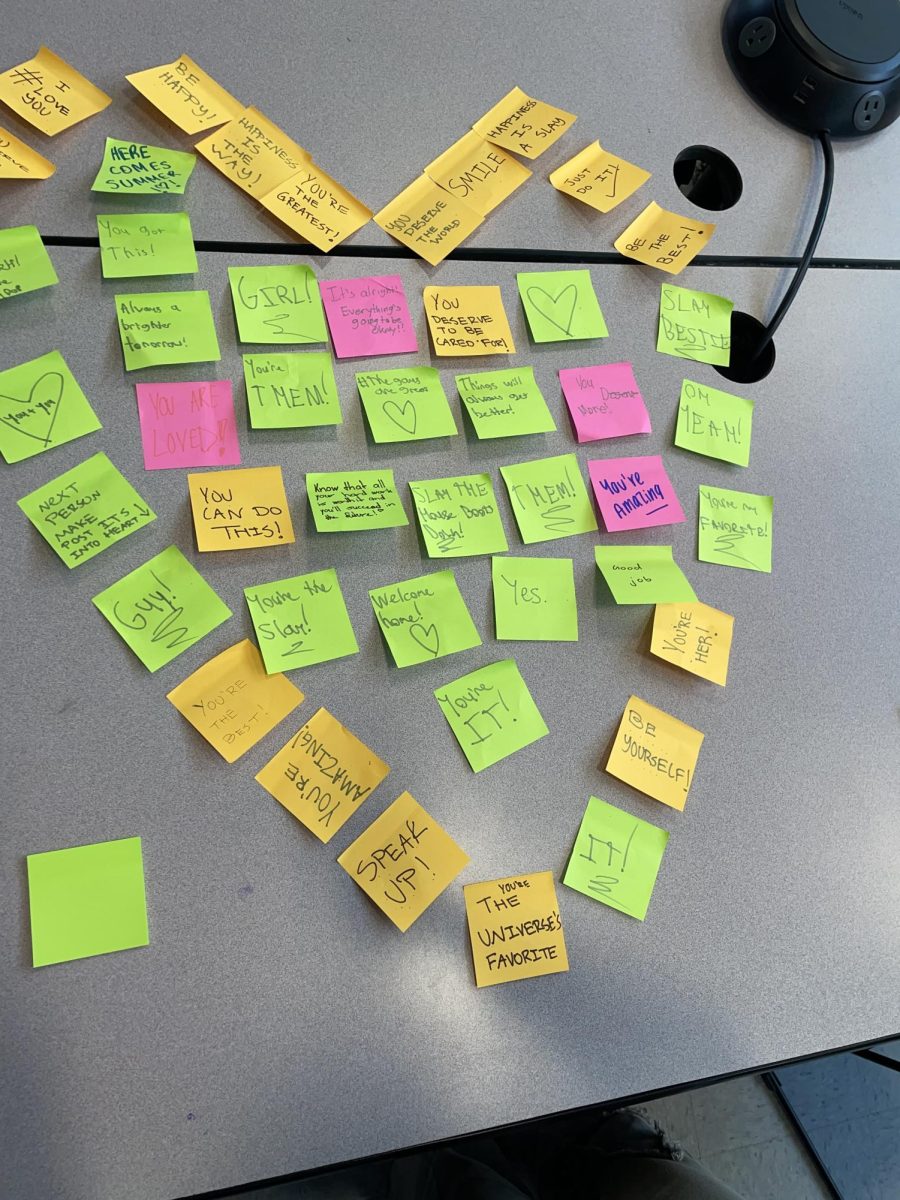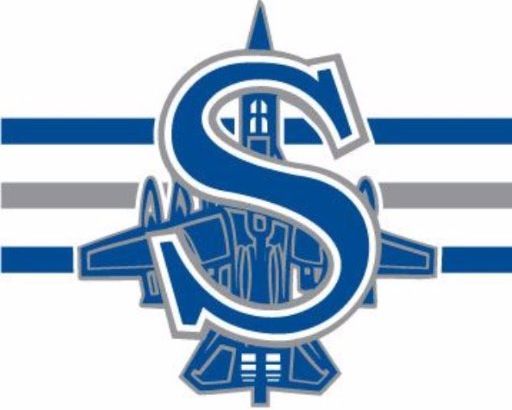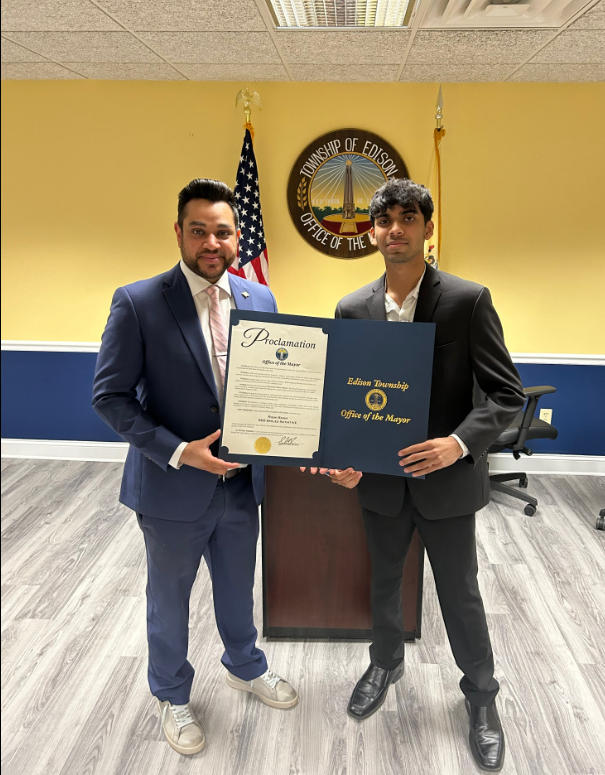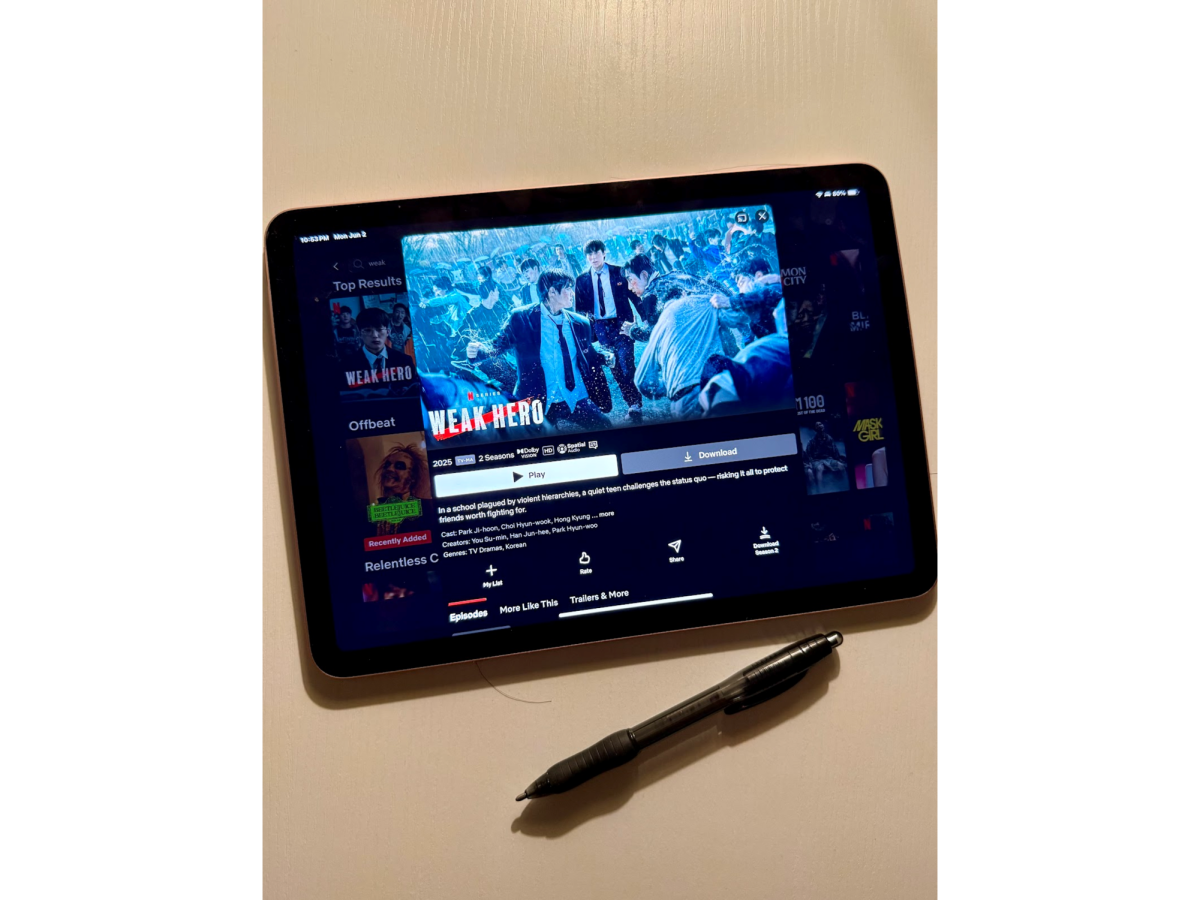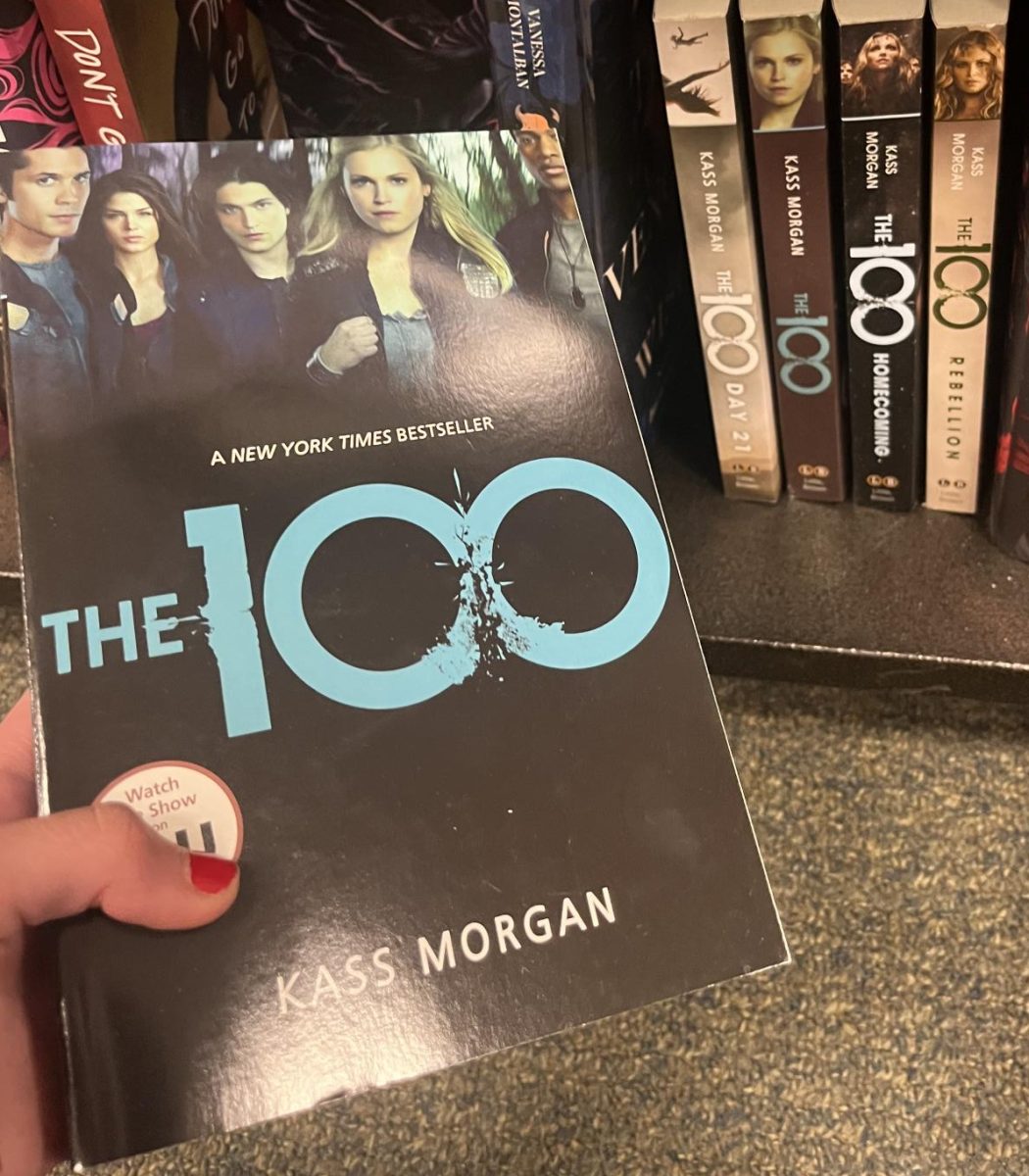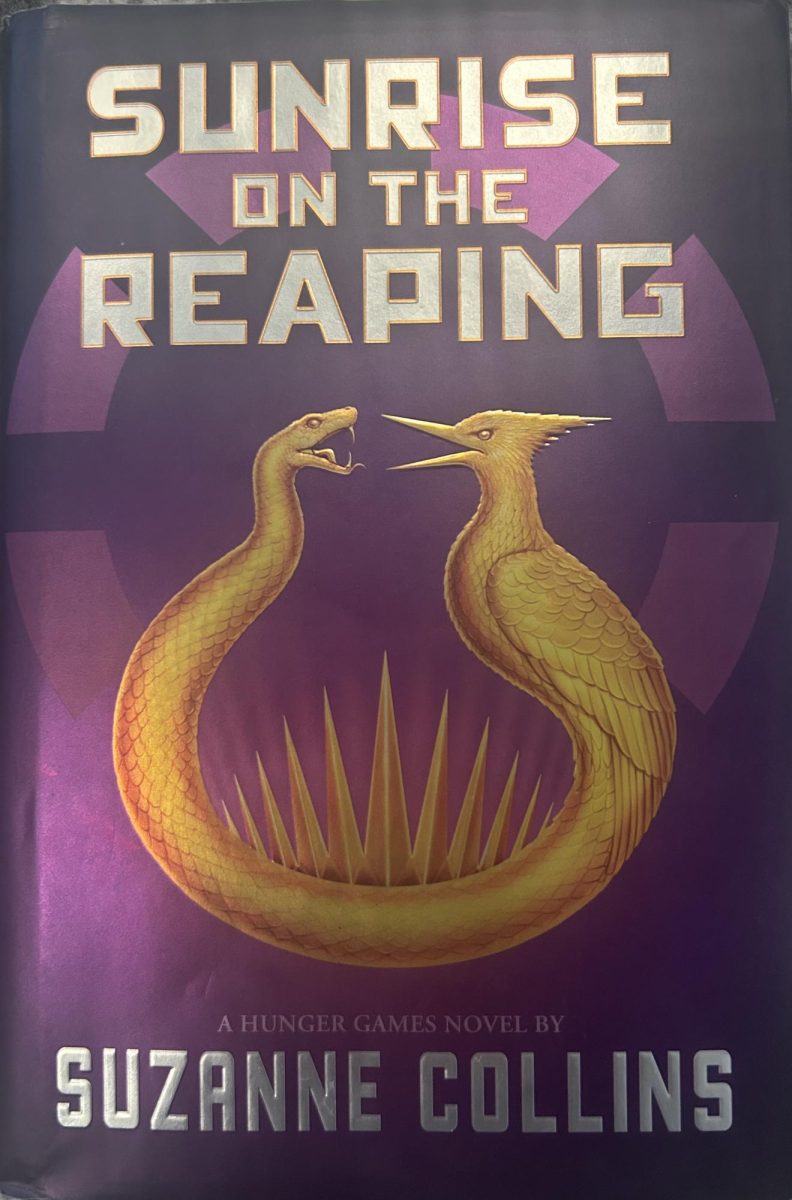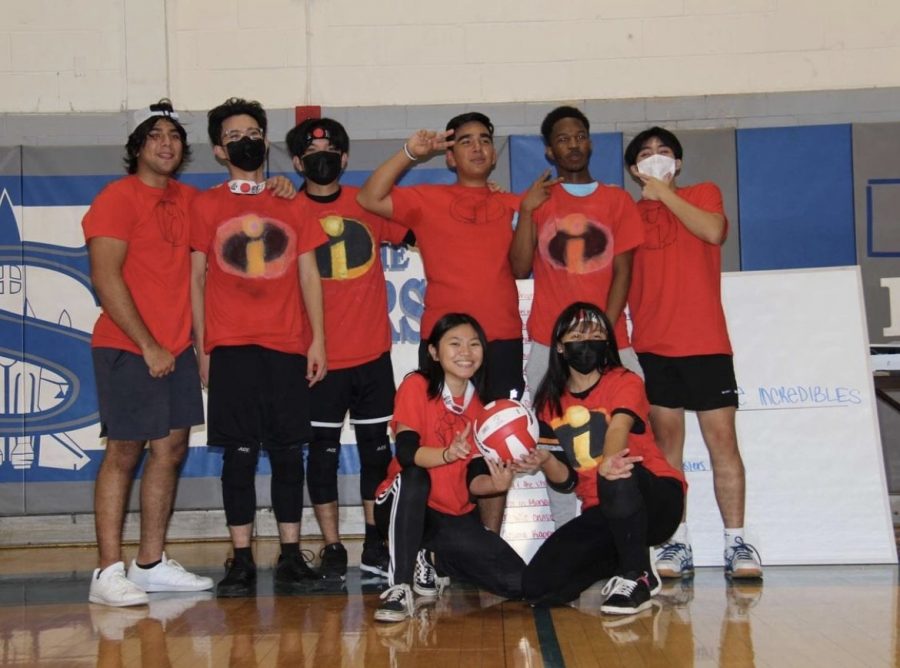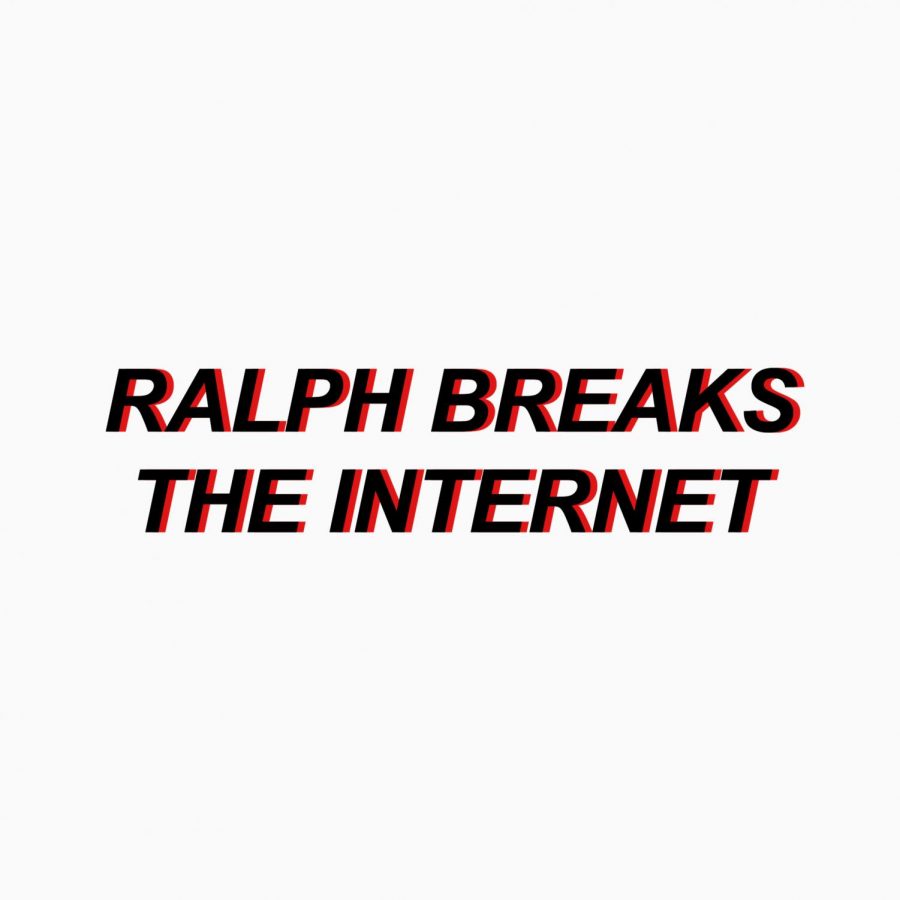You can’t have a “Sugar Rush” without the crash – thoughts after watching “Ralph Breaks the Internet”
Minor spoilers ahead!
December 7, 2018
Following the success of critically-acclaimed animated film Wreck-It Ralph, Disney released Ralph Breaks the Internet five years and nineteen days after the first movie’s 2012 release date.
Taking up the moral message-riddled torch, the sequel features Wreck-It Ralph, ever-clumsy and characteristically dense despite the six-year time jump, modifying the code of his best friend Vanellope’s game “Sugar Rush.” Although intentioned to be a sugary-sweet gesture, the situation immediately turns sour as Ralph’s destructive actions translate into real life, where the wheel of the arcade game breaks.
In order to prevent the “Sugar Rush” game from being unplugged (as the game-part is too costly to replace) and rendering Vanellope and her friends homeless, Ralph sets out to mend his mistakes through the use of the uncharted Internet.
Ralph and the Internet? An unlikely and DISASTROUS pairing. And, as expected, shenanigans ensue.
Ralph and Vanellope venture deeper into the Internet, meeting quirky characters like Yesss and Shank along the way.
With multiple fourth-wall breaks, a randomly-placed musical number, and cameos from lounge-wear clad Disney Princesses and a gang of hearty racers, Ralph and Vanellope’s struggles evolve from salvaging a game to salvaging a friendship.
Disney takes the cake with this blend of jokes from old to new memes, using them to usher a message of independence to young viewers while simultaneously sating an older audience — but the cake is not without its bites of bitterness.
The friendship between Ralph and Vanellope in Wreck-It Ralph served as the backbone of the movie, underscoring the message of making your own story. Ralph accepted that he would always be the villain in his own video game, but he could also be the hero if he tried hard enough.
He was Vanellope’s hero, donning a specially-made medal to commemorate his position, delegating every night to spend time with his beloved best friend.
However, where in Wreck-It Ralph the identification propelled his journey of self-acceptance, Ralph Breaks the Internet takes that warm familiarity and twists it into something dark and cold. Ralph becomes too dependent on Vanellope.
The sugar-sweet friendship between the two is so sweet, it’s unhealthy.
It’s unhealthy in that Ralph centers his life around Vanellope — his days are spent robotically playing the role of the villain, waiting for the night when he can see his friend again — when he can be the hero again. And when they part, the cycle continues.
Ralph’s dependence on Vanellope sets his previous introspection backward — he abhorred the thought of his reputation being consumed by his role as a video game villain. He sought to tear away that label and forge his own path. But now he’s stuck in the same pattern, wanting to be known by everyone but only wanting to be known as the hero.
He lets this new identity (and, subsequently, his friendship with Vanellope) consume him. His desperation to be Vanellope’s hero ironically makes him the villain again — starting with the crashing of Vanellope’s game and continuing with the wrecking of their friendship.
In the literal and figurative sense, one testament stands true in Ralph Breaks the Internet: You can’t have a “Sugar Rush” without the crash.

